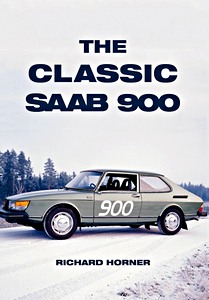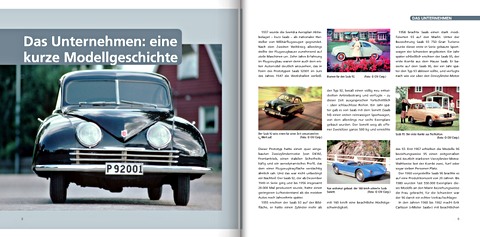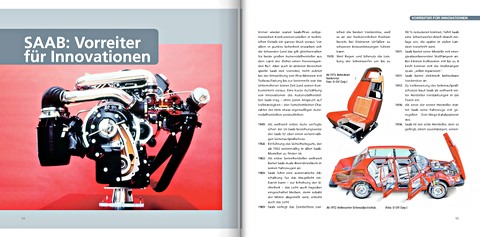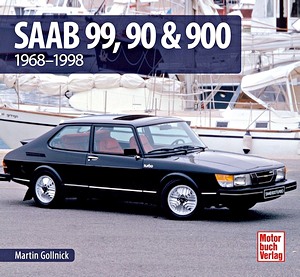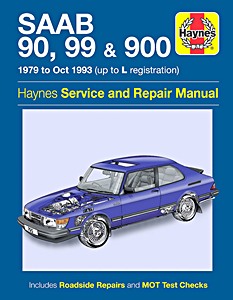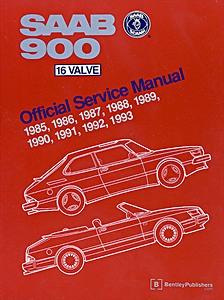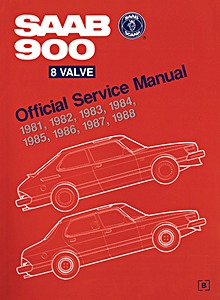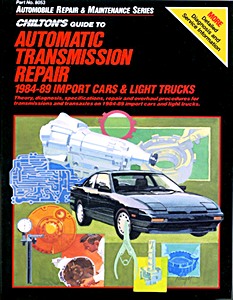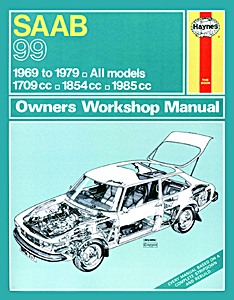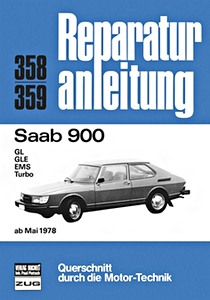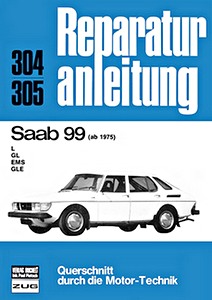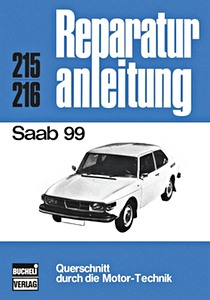Saab 99 and 900 - The Complete Story
This book contains a detailed history of the cars that came from the aeroplane maker Saab, whose first car, the 92, set the standard for advanced design epitomized by the 99 and 900. The author delves deep into the cars design and history, and into the core Saab values that they carried into production.
Topics include a detailed design history of the 99 and 900, year-by-year developments, technically detailed engineering overviews, detailed specifications, advice on owning and buying and, finally, coverage of rallying and special models.
Product details
| Author: | Lance Cole |
|---|---|
| Details: | 200 pages, 9.8 x 7.7 x 0.59 in (25 x 19.5 x 1.5 cm), hardback |
| Illustrations: | 8 pages color photos, 100 b&w photos |
| Publisher: | The Crowood Press Ltd (GB, 2001) |
| Series: | The Complete Story |
| ISBN: | 9781861264299 |
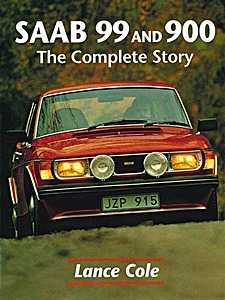
Saab 99 and 900 - The Complete Story
Language: English
Available on Amazon - safe payment and fast delivery
Buy on Amazon.comBuy on Amazon UK
Buy on Amazon CA

